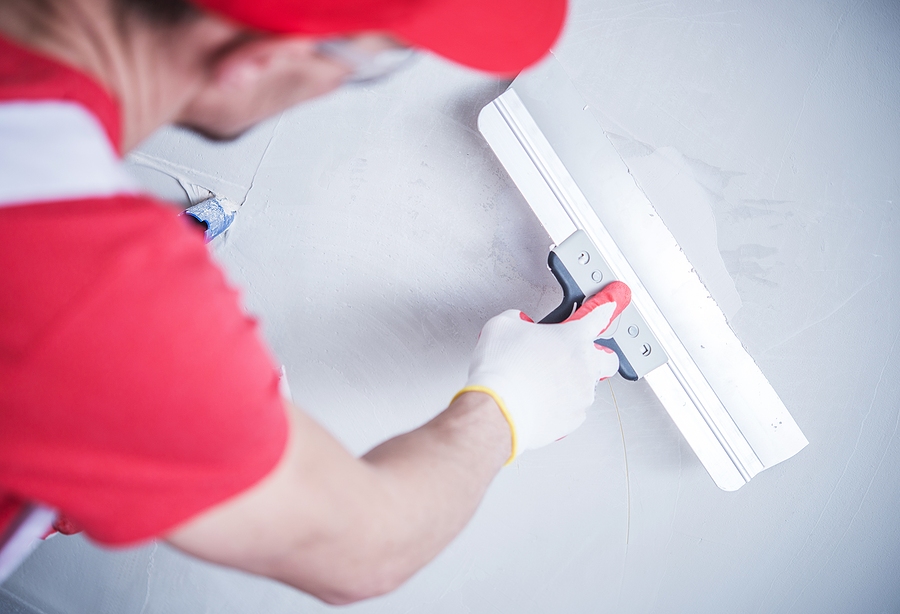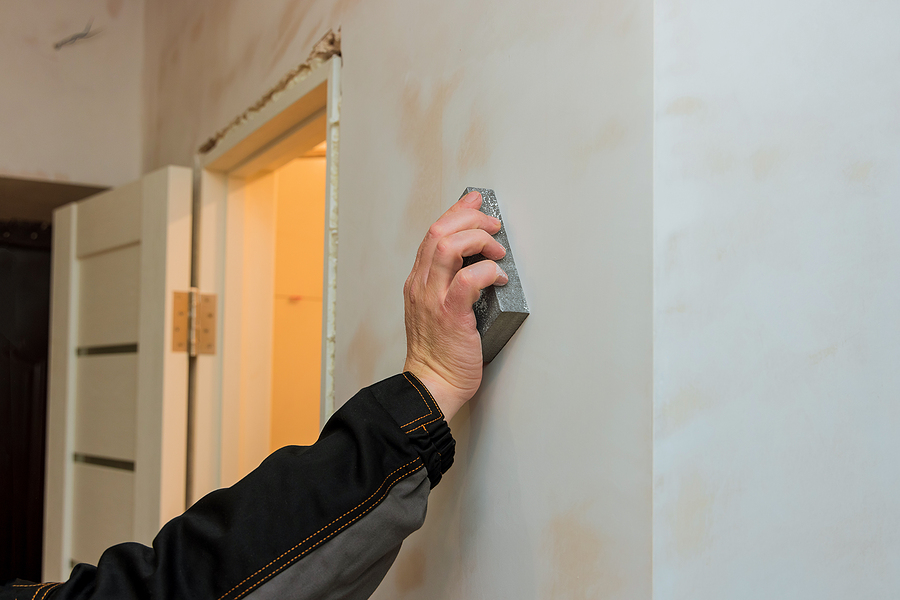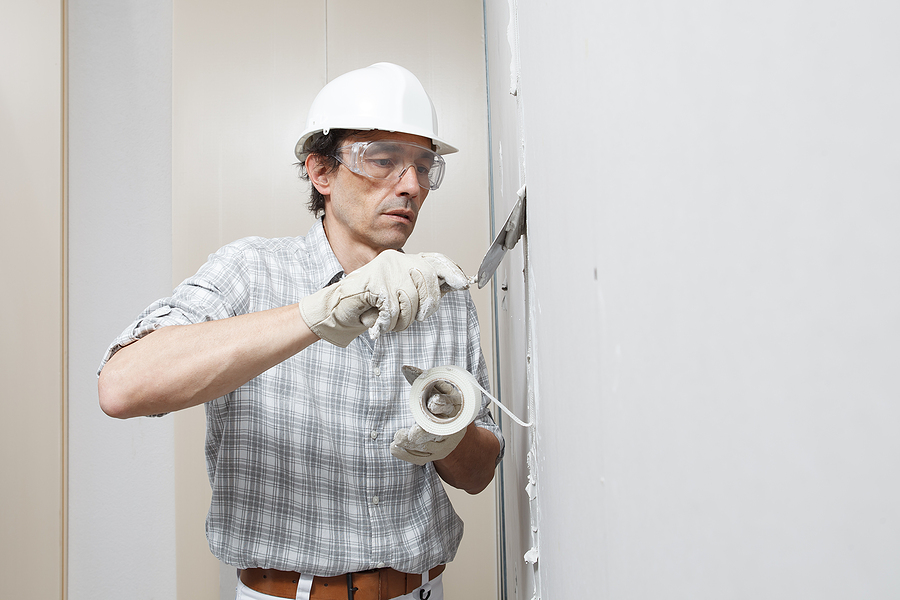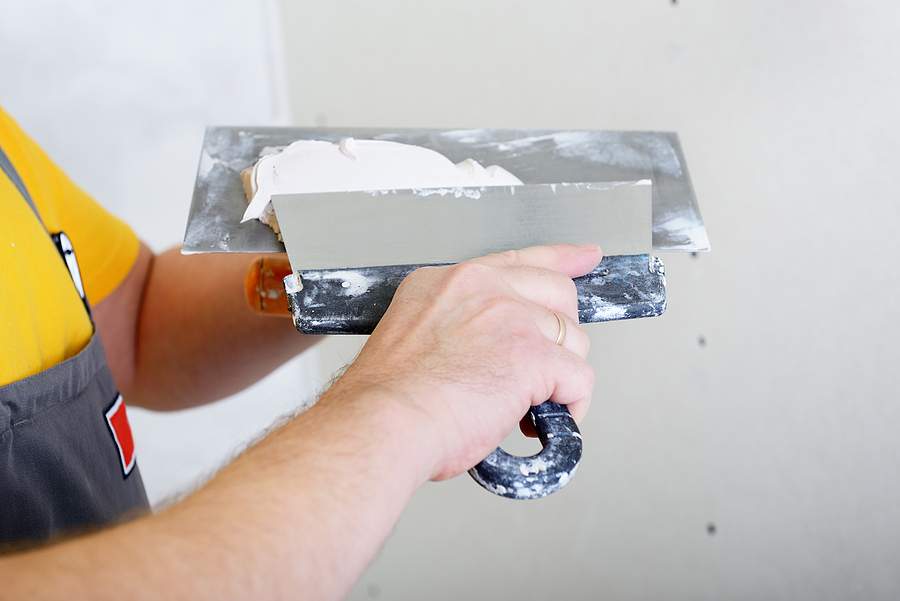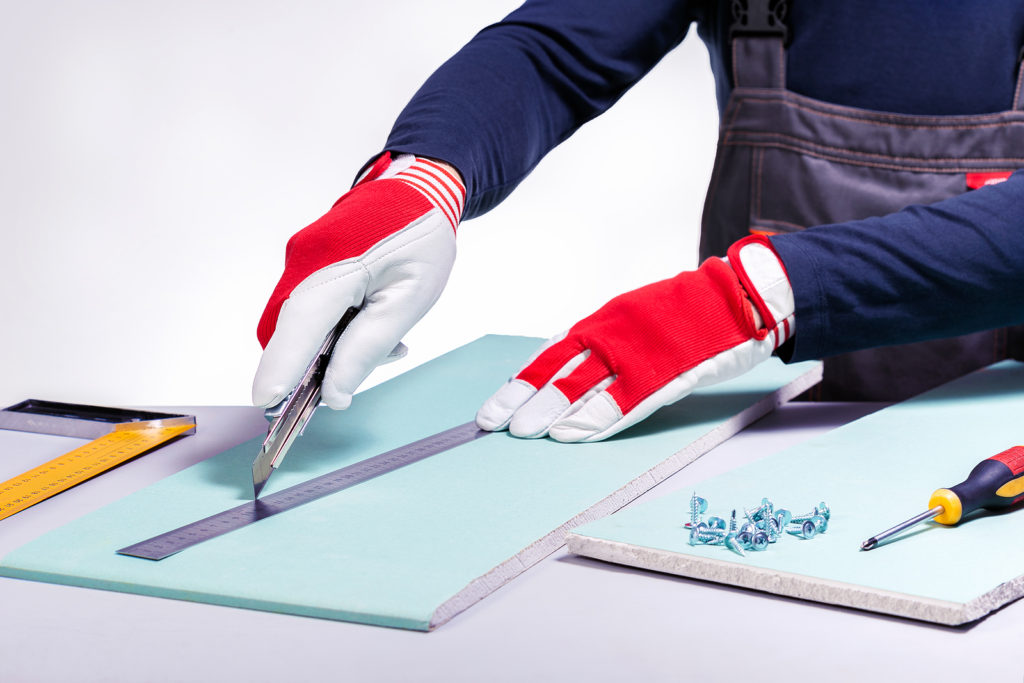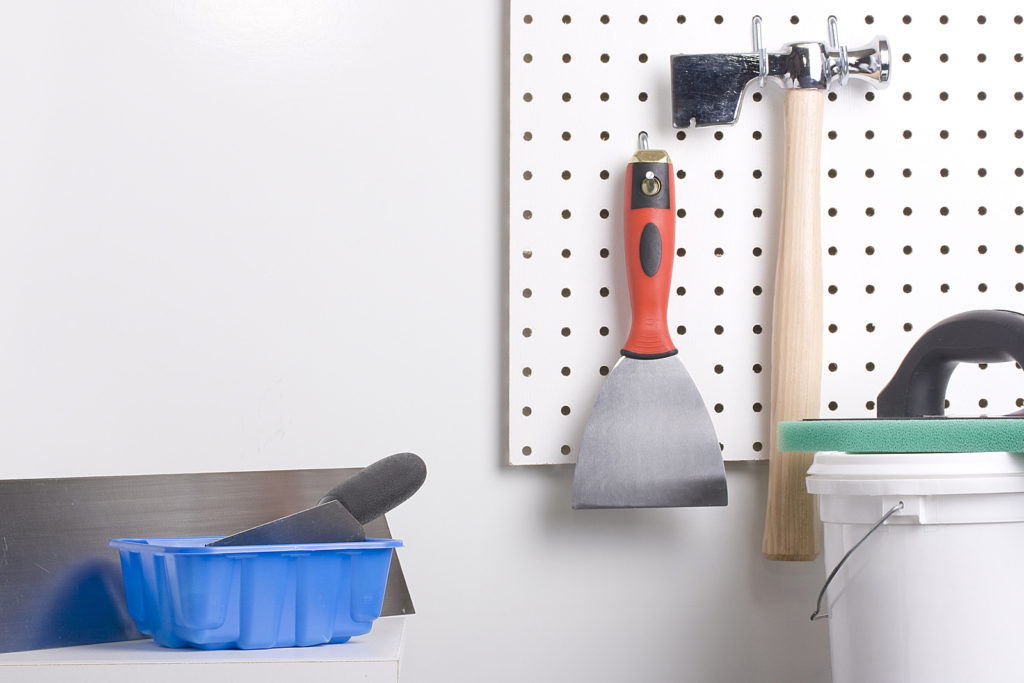Have you ever noticed a small (or not-so-small) hole in your wall and thought, “Where do I even start?” Whether it’s a nail hole from picture frames, a pesky dent from a door handle, or even damage caused by movers, wall imperfections can disrupt the aesthetic of your living space. The good news? Fixing holes in your walls is easier than you think and doesn’t have to cost a fortune.
This guide breaks down everything you need to know about drywall repair, so whether you’re a seasoned DIY weekend warrior or new to repairing walls, you’ll have all the tools and tips you need to get your walls back to flawless condition.

Understanding Different Types of Wall Damage
Not all wall damage is created equal. The type and severity of the damage will determine the method and tools required for repair. Here are a few common scenarios:
- Nail holes – Quick fixes for holes left behind by picture frames or decorations.
- Door handle dents – These can range in size and may need a bit more filling and sanding to blend in.
- Furniture scuffs – Often surface-level damage that requires just a touch-up of paint.
- Mouse holes – Urgent repairs are needed here to seal off entry points for pests.
By identifying what type of damage you’re dealing with, you can tailor your approach and select the right materials for the job.
Gathering Your Repair Supplies
Before you roll up your sleeves, gather the proper tools. Having the right drywall supplies on hand makes the process smooth and reduces frustration. For most wall repairs, you’ll need:
- Trowel – For applying joint compound evenly over larger damaged areas.
- Spackle – Perfect for filling small nail holes or thin cracks.
- Drywall Patch Kit – Ideal for covering larger holes, often with a mesh backing for support.
- Joint Compound – Provides a smooth, blendable surface for covering damage and seams.
- Putty Knife – Used to apply spackle or joint compound with precision.
- Sandpaper or Sanding Sponge – To smooth the surface before painting.
- Paint and Primer – To match your wall and ensure a seamless finish.
💡 Pro tip: For safety, always wear safety glasses and a dust mask when sanding to protect against debris and drywall dust.
Contact Us for Expert Drywall Repair
Step-by-Step Guide to Patching Small Holes
For minor damage like nail or screw holes, repairs can be quick and painless. Here’s how to get it done:
- Clean the Area – Remove any dirt, dust, or loose paint around the hole.
- Apply Spackle with a Putty Knife – Scoop a small amount onto your putty knife and press it into the hole, smoothing it out flush with the wall.
- Allow It to Dry – Check the product instructions for drying time, but most spackle dries within a few hours.
- Sand the Surface – Use fine-grit sandpaper to create a smooth finish that blends seamlessly with the wall.
- Prime and Paint – Touch up the repaired area with primer, then apply matching paint for a flawless look.
Small nail holes may not even require sanding if your spackle application is smooth!
Tackling Larger Holes
Larger damage, like fist-sized holes from accidents or significant dents, requires a more involved approach but is still manageable:
- Prepare the Hole – Use a utility knife to create clean, smooth edges around the damaged area.
- Attach a Support Patch – For holes larger than a few inches, use a drywall patch (often included in drywall patch kits). Center it over the damage for stability.
- Apply Joint Compound – Use a trowel to spread joint compound evenly over the patch. Feather the edges to blend it with the surrounding wall.
- Sand and Repeat – Once the joint compound is dry, sand it down to achieve a smooth finish. You may need to apply another thin coat to perfect the blend.
- Prime and Paint – Just like with small holes, finish with primer and a matching paint color.
For textured walls, consider using texture spray or special tools to mimic the existing finish.
Preventing Future Wall Damage
Once you’ve restored your walls to their former glory, take these steps to avoid dealing with cracks, holes, and dents in the future:
- Install doorstops to prevent doorknobs from damaging walls.
- Use felt pads on furniture to minimize scratches and scuffs.
- Mount decorations with appropriate hardware, like anchors, to prevent them from falling.
- Be cautious when moving furniture to avoid bumping into walls.
- Monitor humidity levels in your home to reduce the risk of drywall cracks.
Simple, proactive measures can save you plenty of time and effort in repairs down the road.
Professional vs DIY
If you’re not confident in your wall repair skills or the damage seems overwhelming, hiring a professional drywall repair company may be the way to go. Here’s what you gain by working with an expert:
- Guaranteed Results – Professionals deliver seamless, high-quality repairs with no visible patches.
- Color Matching – They’ll ensure the repaired area blends perfectly with your existing paint.
- Time Savings – Professional repairs mean less disruption to your daily routine.
- Peace of Mind – They’ll handle complex or hazardous issues, like walls potentially containing asbestos.
However, if the damage is minor, following the steps in this guide can save you money while still achieving great results.
Wrapping Up
Repairing wall damage doesn’t have to be a stressful or costly endeavor. Whether you’re patching a tiny nail hole or tackling a larger repair, the right tools and techniques make all the difference. By following the steps outlined here, you’ll be well on your way to smooth, flawless walls.
Need help with tougher repairs or don’t have the time to DIY? We’re here to assist. Drywall By Renso specializes in seamless drywall repair for any size or type of damage. From assessment to color matching, we’ll ensure your walls look as good as new in no time.
Related Post: How to Repair a Hole in the Wall From a Door Handle

